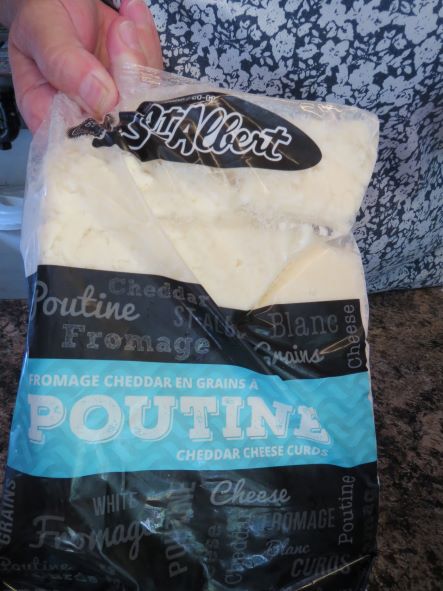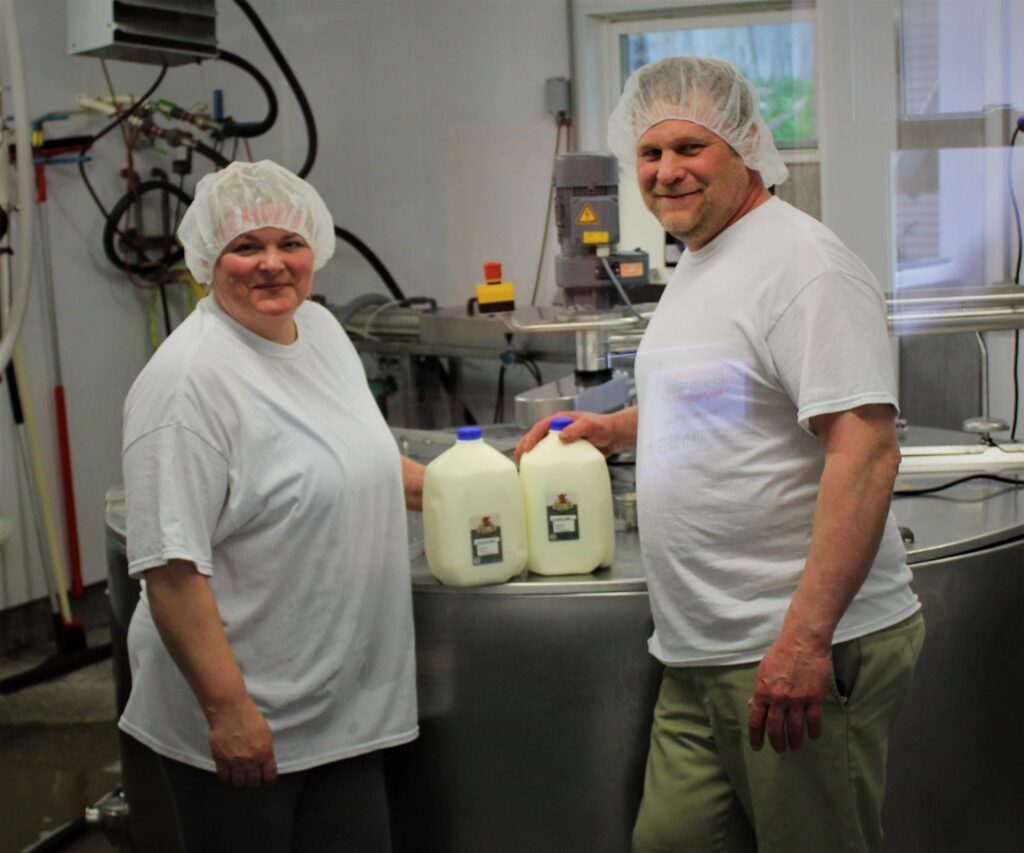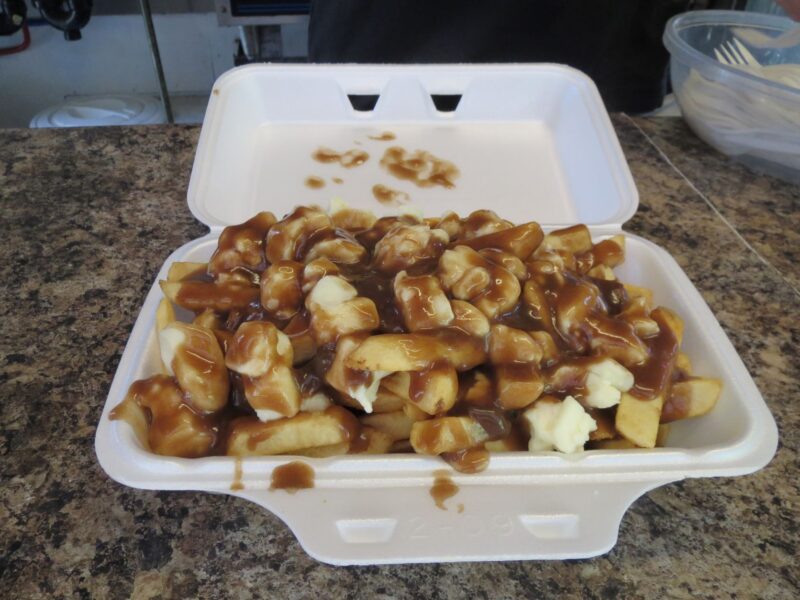by Troy Bishopp

Do you enjoy a root vegetable medley covered with a beef vinaigrette topped with cheese croutons? Welcome to Canada’s most famous salad. Whether you say a hard, French-accented, “poo(tin)” or a light-hearted English “poo(teen)”, the scrumptious melting pot of carbs is anything but routine.
For this retired dairy farmer, it took a vacation to Prescott, Ontario and to hockey legend, Guy Lafleur’s hometown of Thurso, Quebec Canada to get hooked on the fries, brown gravy and cheese curd forward creation. I’m sure cardiologists cringe at such a menu item but when you share amongst friends, it’s “technically” only an appetizer.
According to Merriam-Webster, poutine is from a Québécois slang word meaning “mess”. The French-Canadian dish is traditionally made of French fries and fresh cheese curds, covered with gravy. Poutine’s origin is mixed and various places claim the credit for this gooey invention. There’s no disagreement that poutine was born in rural Quebec in the 1950’s and was consumed in small “greasy spoon” diners (commonly known in Quebec as cantines or casse-croûtes), pubs, at roadside chip wagons and of course, in hockey arenas.

I learned from the locals and dairy farmer connoisseurs, that poutine “must” be integrated with melty fresh cheddar cheese curds. Most chip wagons I saw had ready bags of curd from the St-Albert Cheese Co-operative. As I found out, it’s one of the oldest co-operatives in Canada, and is anointed by trip-advisor, as the Canadian capital of the curds.
For decades poutine remained a country snack food in Quebec’s dairy region, due to the narrow freshness window of cheddar cheese curds. For many years it was perceived negatively and mocked, and even used by some to stigmatize Quebec society. Today poutine has risen to national dish of Canada and is a cuisine item heralded in the United States and Internationally by chefs and home-cooks everywhere.
Menus now contain countless recipes and concoctions of the original. Chefs are getting quite creative using lobster, buffalo chicken, cheeseburger, bacon, gnocchi, sweet potatoes, avocados, broccoli, and Kimchi in their dishes as well as different gravy mixtures and potato vessels. You can even get candy poutine, cheese-and-gravy flavored poutine soda, poutine pizza and deep-fried poutine bites as if your calorie count wasn’t high enough. Of course, as poutine iterations rise, so do prices of these “wanna-teens”.
I’ll have to admit that my U.S. poutine counterparts have a lot of work to do. My palate has been either disappointed by lackluster fry quality, not enough richness in the beef gravy or the big one; frozen cheese curd that hardly gains a nod on the plate. This experience of tasting poutine every time I see it on a menu has become almost hobby-like. I’m always comparing it to my first memorable bite of the original.

Luckily, I have a wife who appreciates my affinity for poutine. My best New York poutine recipe was made right here on the farm. Why? Because she sourced local potatoes and air fried them to a crispy consistency. She slowed roasted our beef and made the most incredibly rich, brown gravy and she bought fresh, squeaky cheese curds from our friends at Grassy Cow in Remsen (https://grassycowdairy.com/). When combined in the right proportions, you taste the magic that is poutine.
In a way, I see enjoying poutine as supporting a local veggie farmer, beef farmer and a dairy farmer all on the same plate. That’s a story worth eating.
Published in Country Folks
Published at OnPasture.com


 Shell Game- In Memoriam to Scott Bishopp
Shell Game- In Memoriam to Scott Bishopp »
»